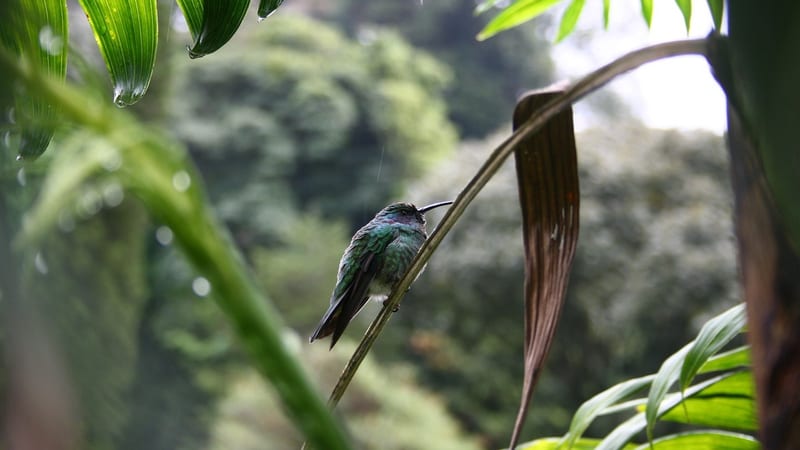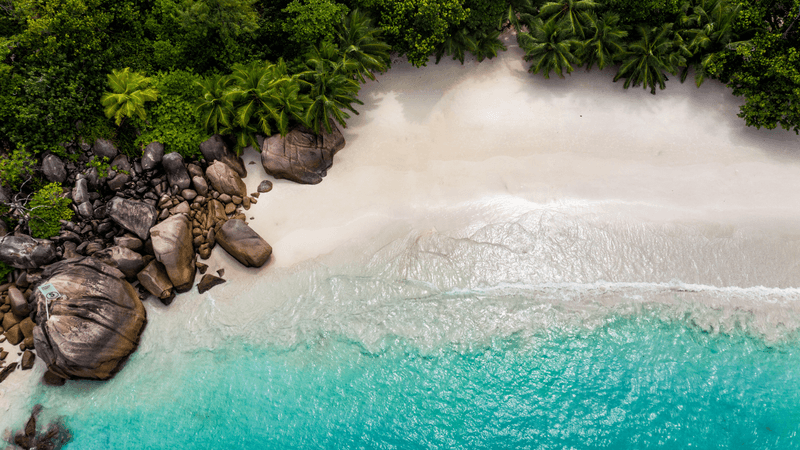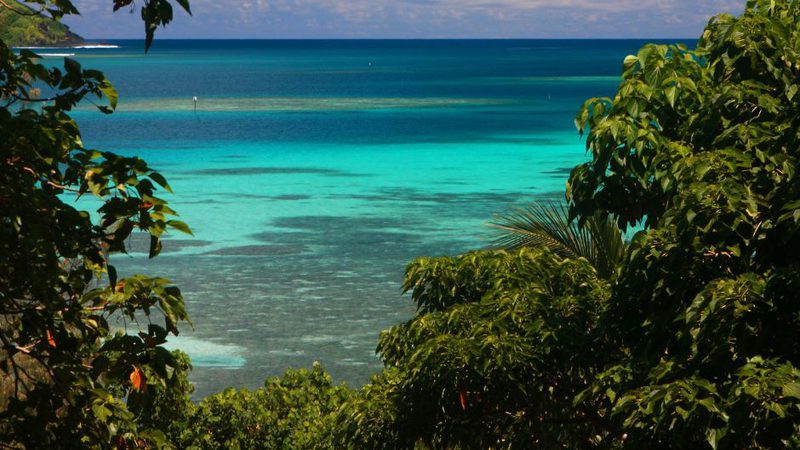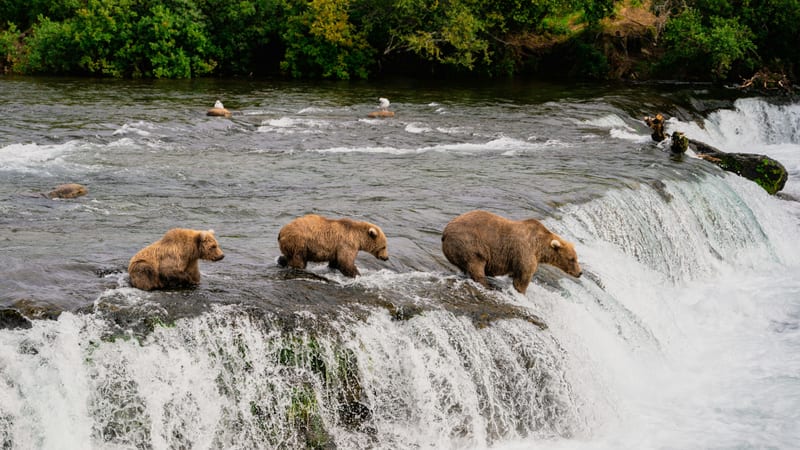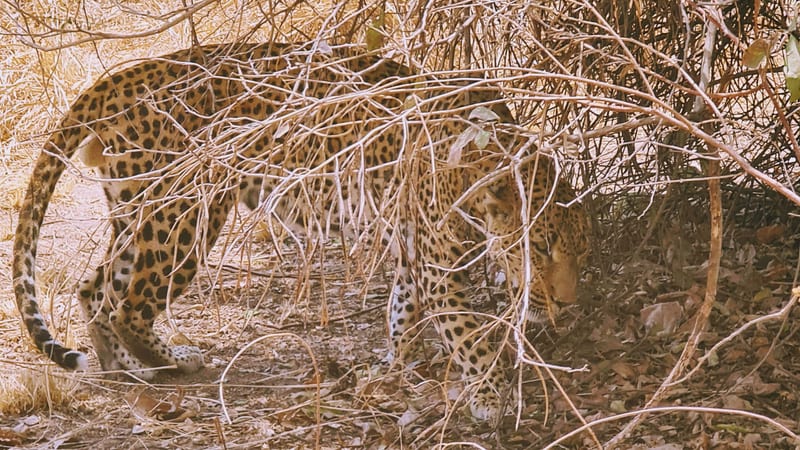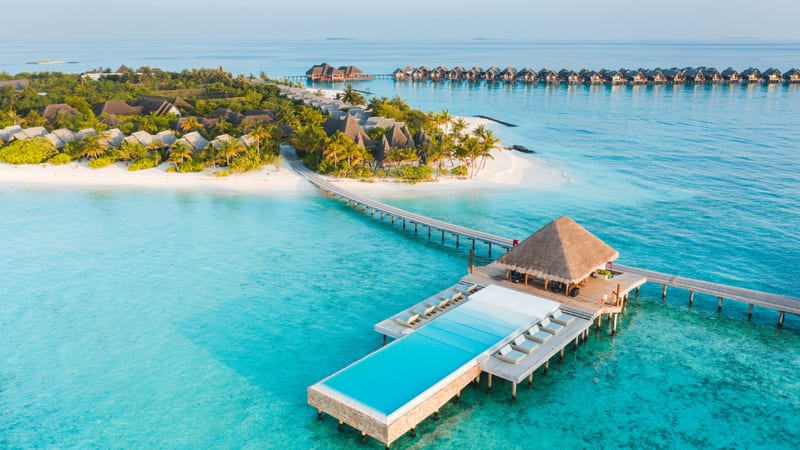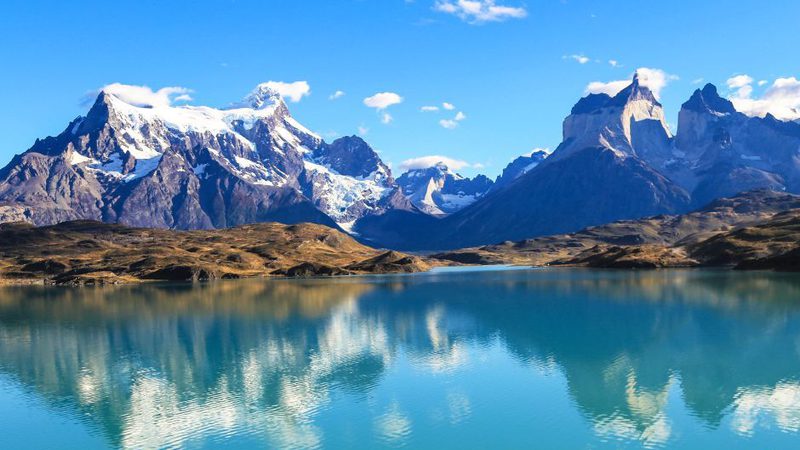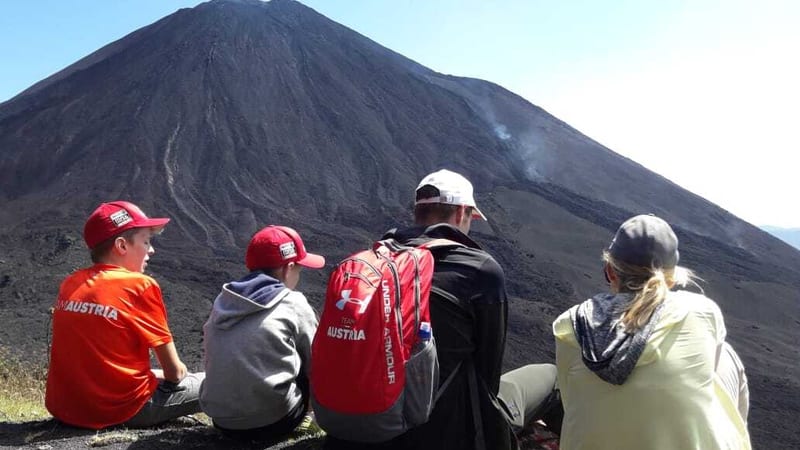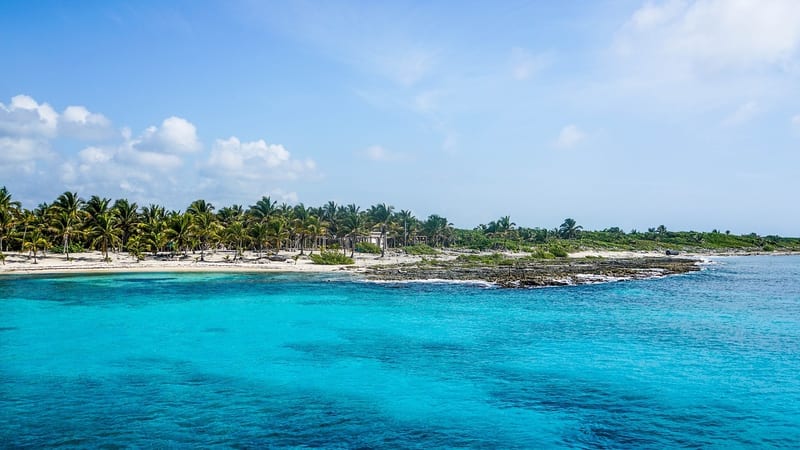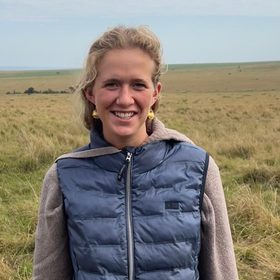Join the Lion Tracking program in an incredibly remote environment
Location: Kicheche Laikipia Camp is located within the 90,000-acre Ol Pejeta Conservancy, one of Kenya’s most pioneering and wildlife-rich private reserves. Set against the backdrop of Mount Kenya, this remote and peaceful location combines classic African wilderness with a forward-thinking approach to conservation. The camp’s position in the heart of Laikipia means guests enjoy access to extraordinary wildlife, including the Big Five, as well as endangered species like black rhino and Grevy’s zebra, all in a landscape that feels wild, raw, and wonderfully uncrowded.
Rooms: This small, intimate camp features just six luxurious tented suites, beautifully positioned to blend into the natural surroundings. Each tent is spacious and stylish, with large beds, soft furnishings, en-suite bathrooms with running water and hot showers, and private verandas overlooking the waterhole. The décor is understated and earthy, creating a warm and comfortable space that’s perfectly in tune with its setting. It’s the kind of place where you wake up to birdsong and distant lion calls - and end the day with a hot shower and starlit sky.
Amenities: Kicheche Laikipia offers a polished yet low-impact safari experience. The central mess tent serves as a relaxed gathering place for meals, drinks, and fireside conversation, with superb food made from fresh, locally sourced ingredients. Service is thoughtful and personal, with staff and guides who go above and beyond to make each stay special. The camp also offers limited but reliable solar-powered electricity and Wi-Fi in the main area, ensuring a balance between connectivity and wilderness immersion.
Activities: There’s a real sense of adventure here, with a range of expertly guided activities that bring the Laikipia landscape to life. Game drives offer phenomenal sightings, from rhinos and elephants to lions, leopards, and wild dogs. Walking safaris allow you to slow down and learn the finer details of the bush, while cycling, lion tracking, and night drives offer different perspectives on the conservancy’s diverse wildlife. Visits to the endangered species enclosure - home to the world’s last two northern white rhinos - provide an emotional and powerful insight into global conservation efforts in Kenya.
Sustainability: Kicheche Laikipia is deeply committed to conservation and community empowerment. As part of the Ol Pejeta Conservancy, the camp plays an active role in supporting one of Africa’s most successful conservation models, where tourism helps fund wildlife protection, community outreach, and sustainable land use. The camp itself operates with minimal impact: solar power, eco-friendly waste systems, and a plastic-free ethos are all standard. Through the Kicheche Community Trust, guest stays help support local education, healthcare, and livelihoods - making a genuine difference in the lives of the people who share this landscape.
Best places to stay in Laikipia
Laikipia Trip Inspiration
When to visit Kenya
Find out the best time to visit Kenya with our month by month guide.
- Best
- Good
- Mixed
- Jan
- Feb
- Mar
- Apr
- May
- Jun
- Jul
- Aug
- Sep
- Oct
- Nov
- Dec
January
January is a great time for wildlife viewing. The landscapes are lush and green after the 'short rains' and newborn animals can been seen. It is hot, but brief afternoon or evening showers cool things down, without compromising your safari. Over on the coast the sea is clear, making it ideal for diving and snorkelling, and the days are warm and bright.
February
February is an ideal time to visit Kenya, and great for game viewing. The landscapes are green and thriving thanks to the short rains, and newborn animals will be hopping around the plains. There maybe a few afternoon showers which are welcome in the heat, and don't impact on wildlife viewing. Water clarify is excellent at the moment, which is good news for watersports enthusiasts. And if you want to spot a whale shark, now is the time to try.
March
Still a good option for wildlife viewing and diving, although with the 'long rains' just around the corner, expect wetter and hotter weather.
April
April brings the start of the 'long rains' which means game reserves and national parks become muddy and harder to drive around. Over on the coast it's hot and wet, so it isn't the best time of year to travel. Some camps and lodges close during this period.
May
The 'long rains' continue into May, making park tracks difficult to navigate in the mud, and the coast very warm and wet. There will be less accommodation choice at this time as several lodges and camps during this period.
June
June is a beautiful time of year to visit Kenya, with the rains receding to just light showers, and the long dry season not far ahead. The high grasses can sometimes make it more of a challenge to spot game, but the landscapes are lush and some animals may begin arriving early for the migration. At altitude nights can be cool, but elsewhere the temperature is pleasant.
July
July marks the beginning of the great migration into the Masai Mara, and with warm and generally dry weather, this is a great time of year to visit. Days are sunny, skies are blue and there isn't too much dust around, so it's a great time for photography.
August
The migration is now in full swing in the Masai Mara, with lots of river crossing action, so if you want to see those massive herds of wildebeest and zebra, now is the time to come. Game viewing in general is excellent and it's one of the most popular times of year to visit, so some of the main parks do become crowded. Temperatures are warm and dry.
September
Game viewing continues to be excellent, and the weather is generally dry so this is another ideal month to visit Kenya's parks. The bush is less dense and as animals gather around waterholes and rivers it makes wildlife spotting much easier.
October
October is a great time if you want to avoid the crowds and don't mind the temperature slowly starting to rise. There may be a few short showers, but game viewing remains excellent with the end of the migration, and it's a good time to holiday anywhere in Kenya.
November
November heralds the start of the 'short rains' and with hotter temperatures some camps are closed. The Mara however is still open, and despite sometimes stormy skies, game viewing is still good. Fewer crowds and lower prices make this an attractive month to visit. Over on the coast water clarify is good for snorkelling and diving.
December
The 'short rains' are bringing the landscapes back to life, and as the plains start to become green again, wildlife viewing remains good, and it's a great time for birding. Some camps are closed (mainly in the north of Kenya) but many others remain open. The showers tend to fall in the afternoons and don't impact greatly on a safari. Take advantage of reduced visitor numbers and lower prices.
Speak to a Kenya expert today
and start planning your tailor-made holiday

Alistair

Ottilie





